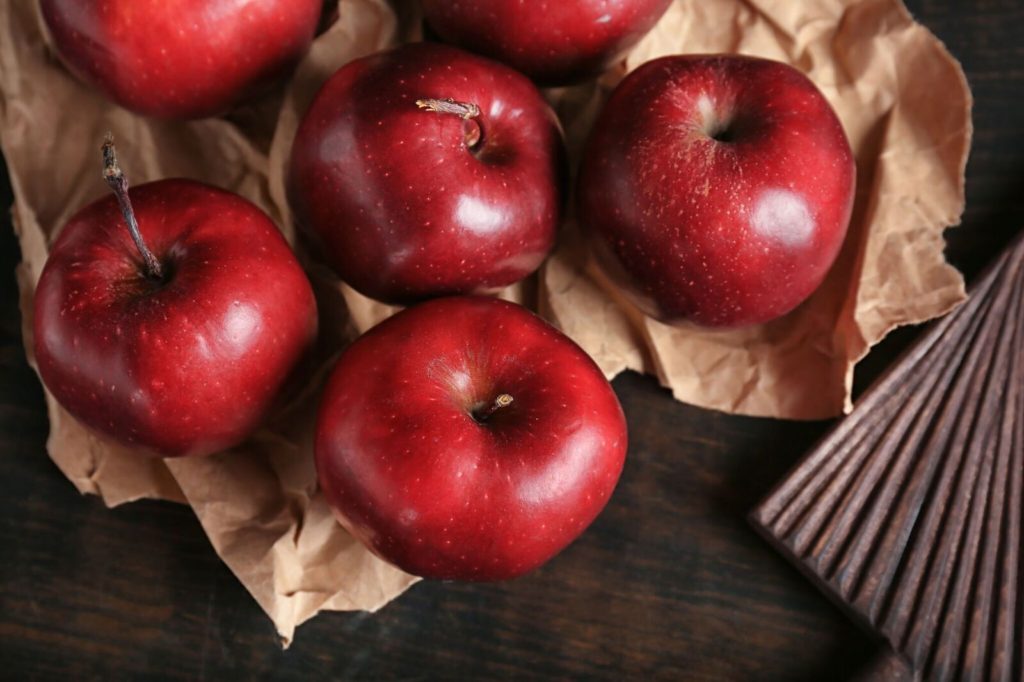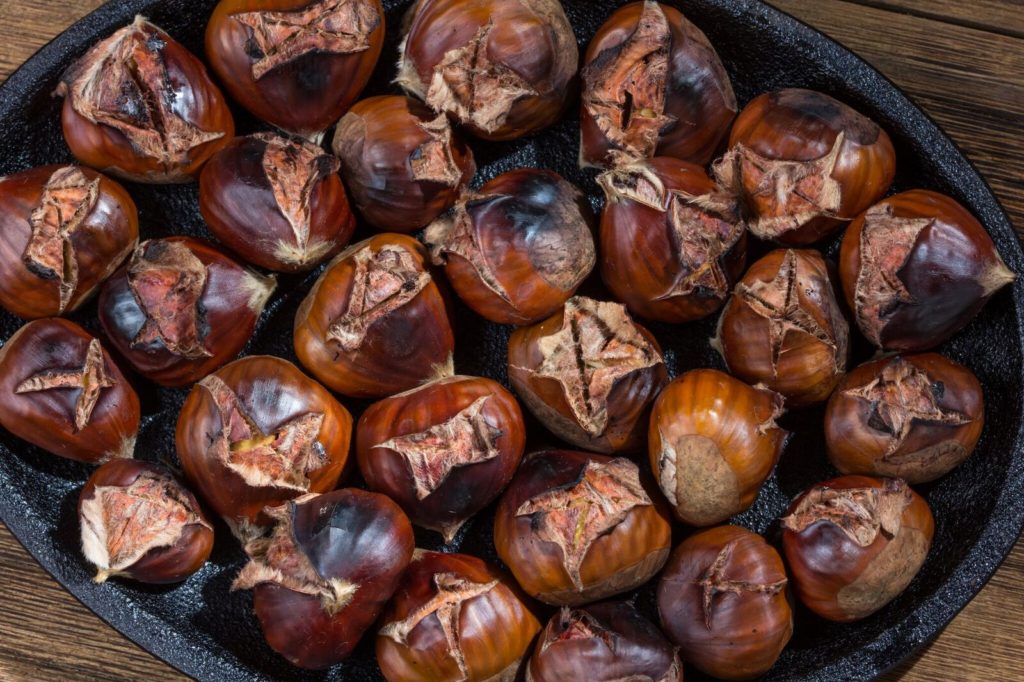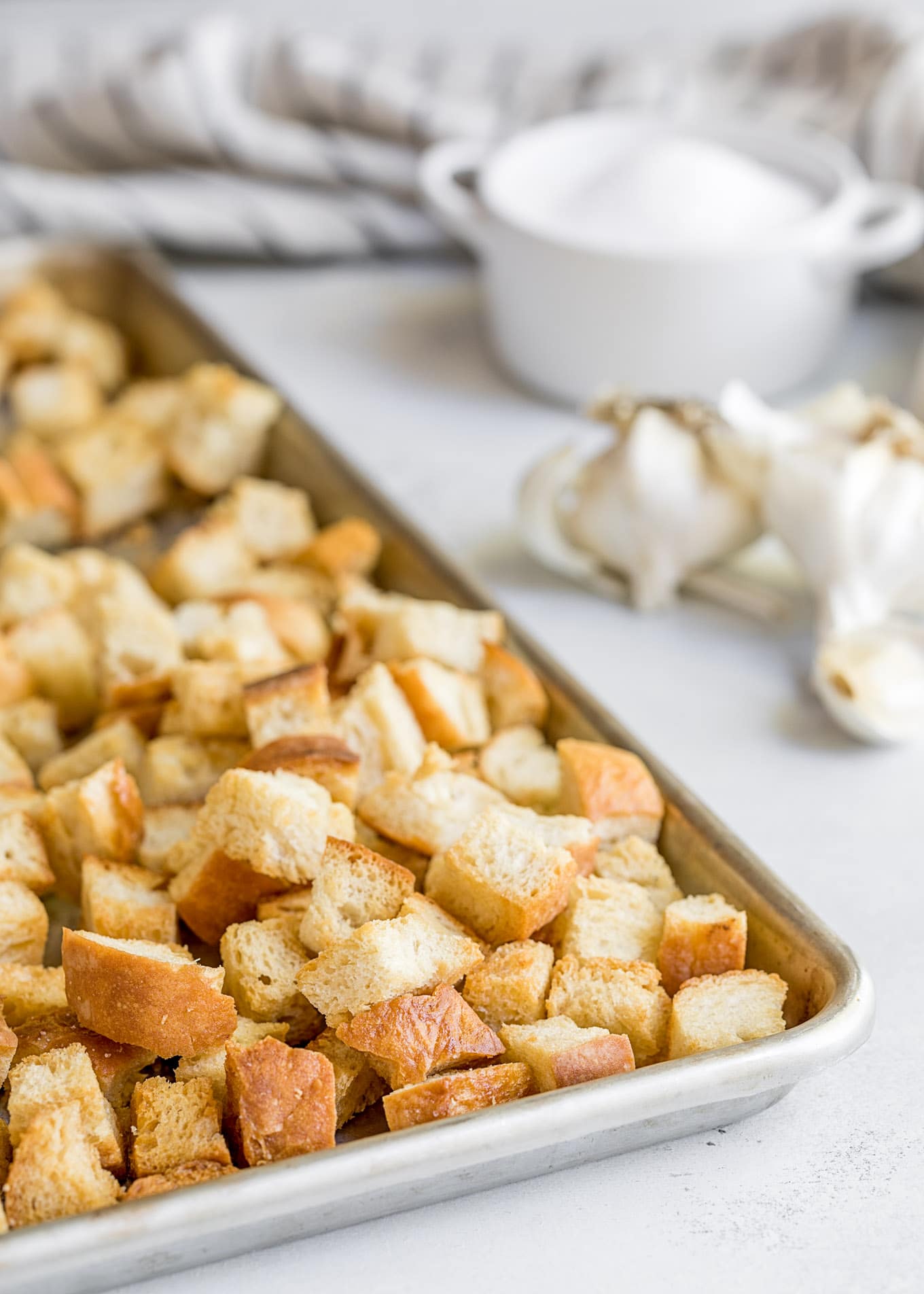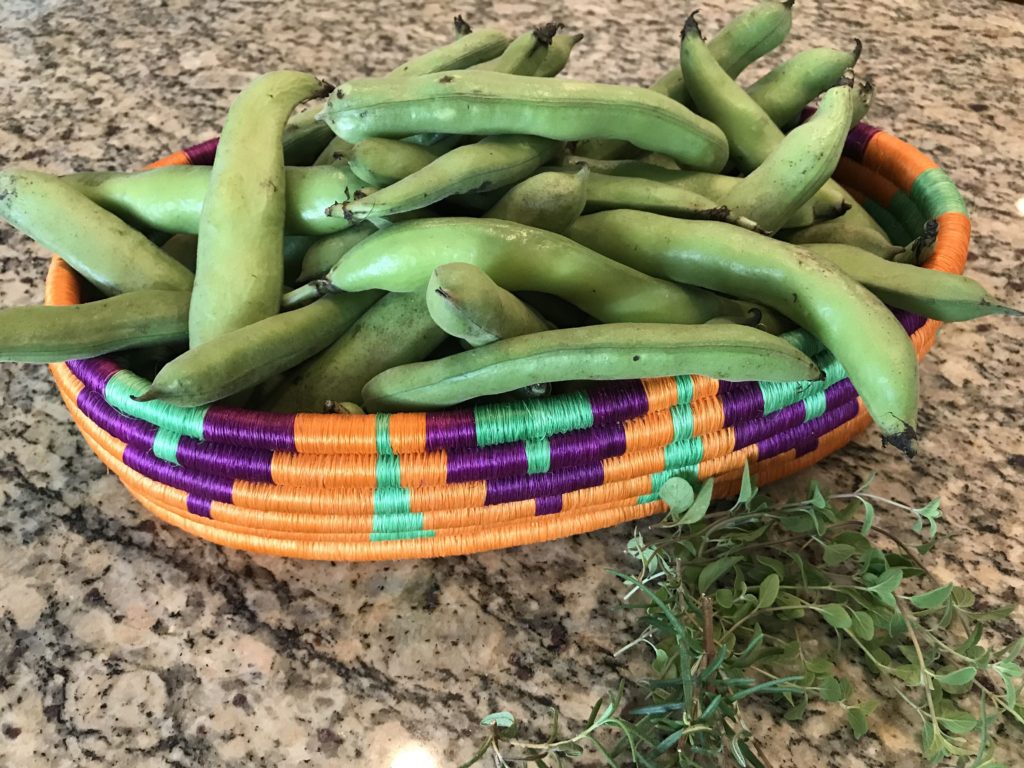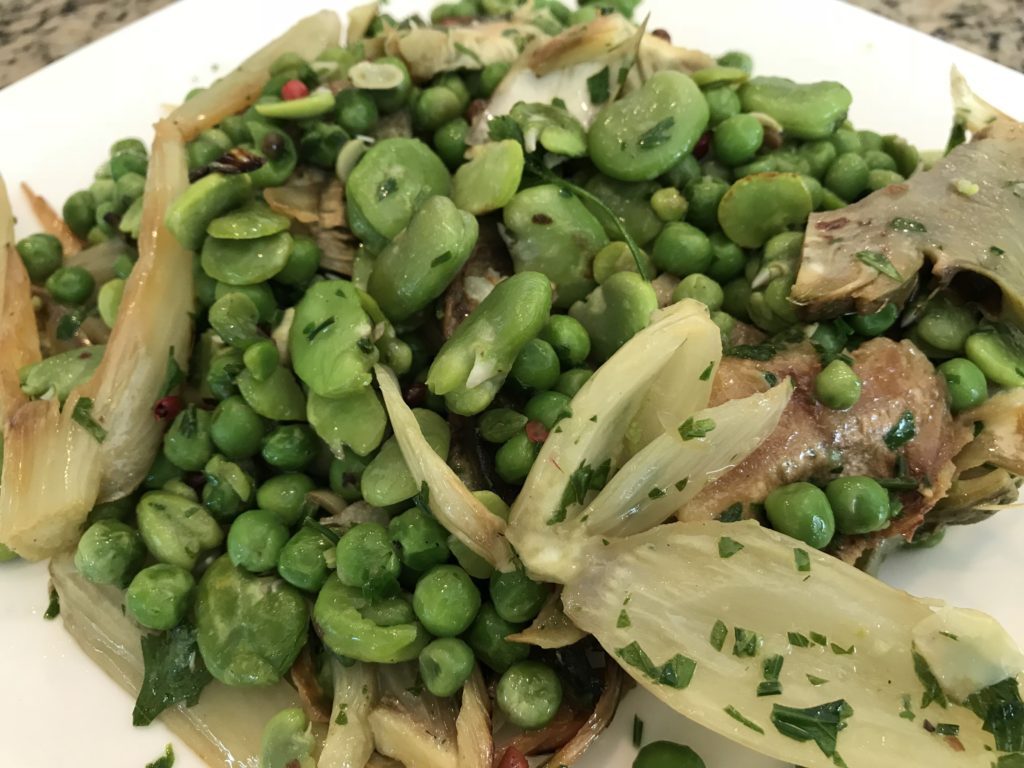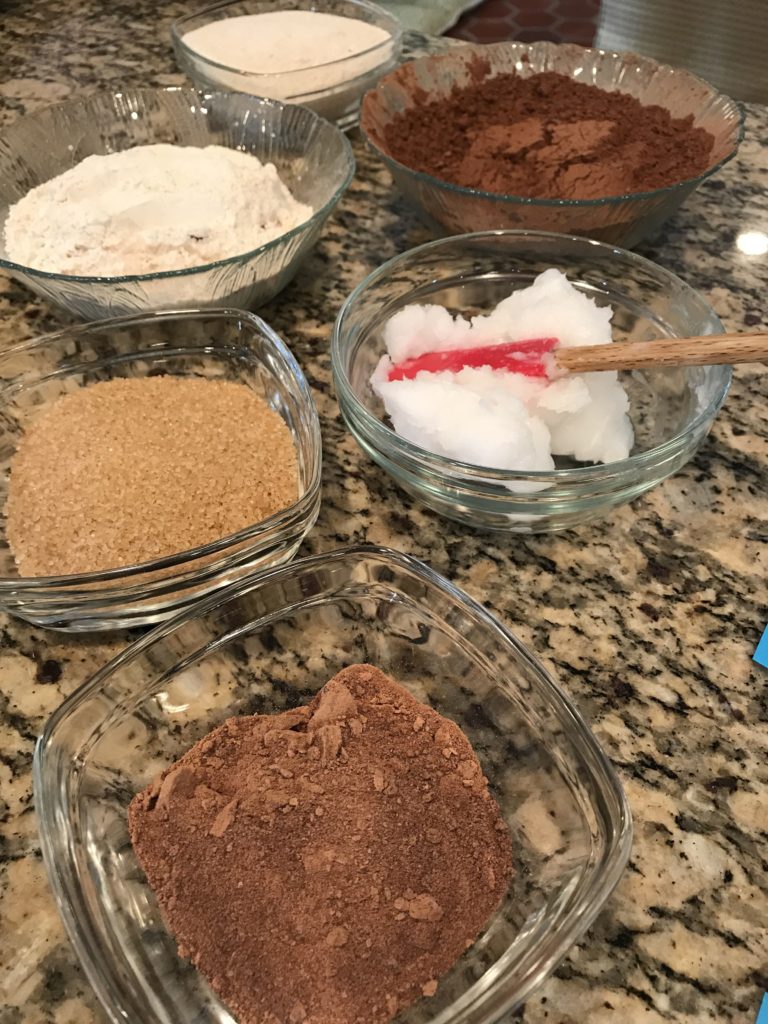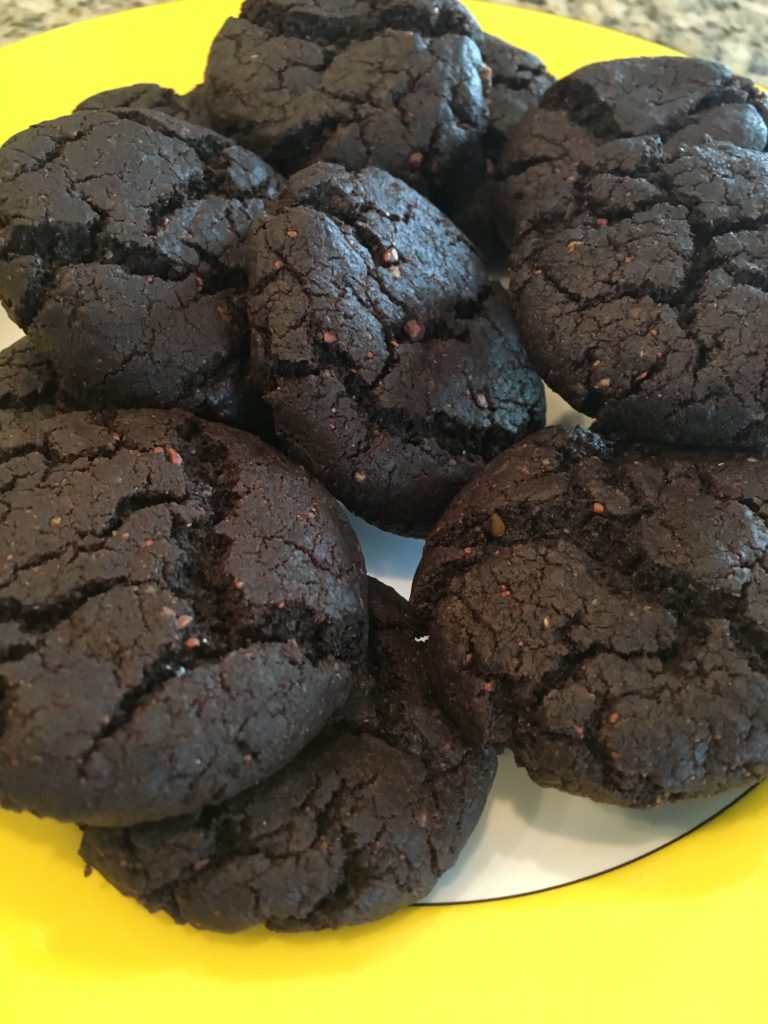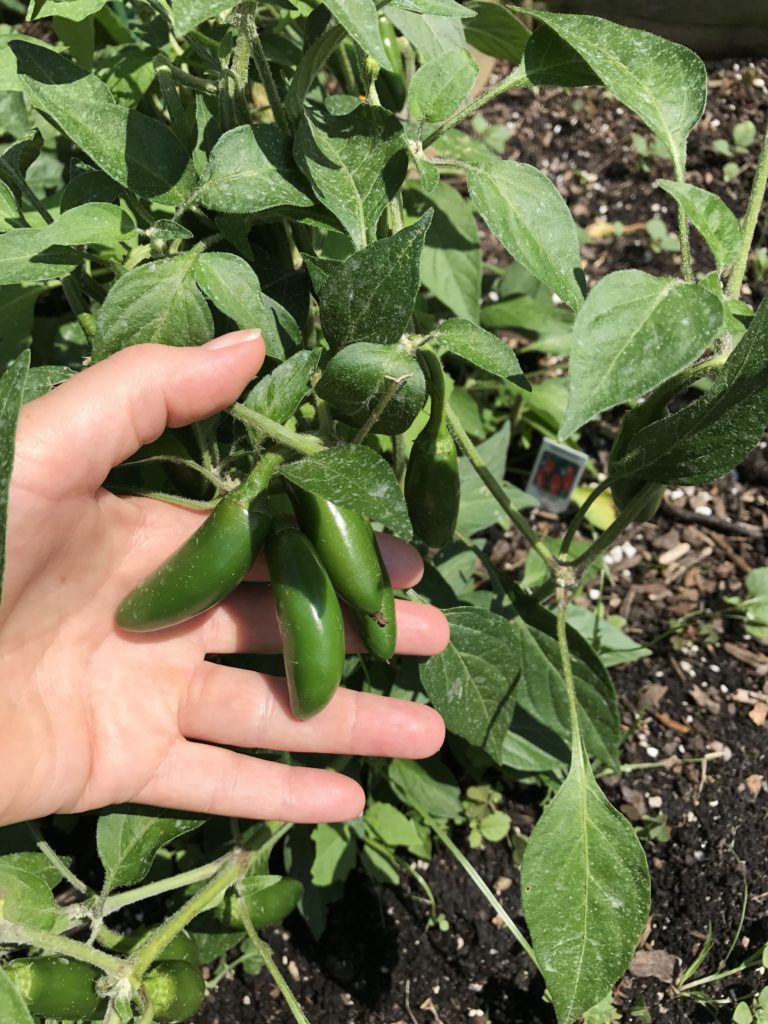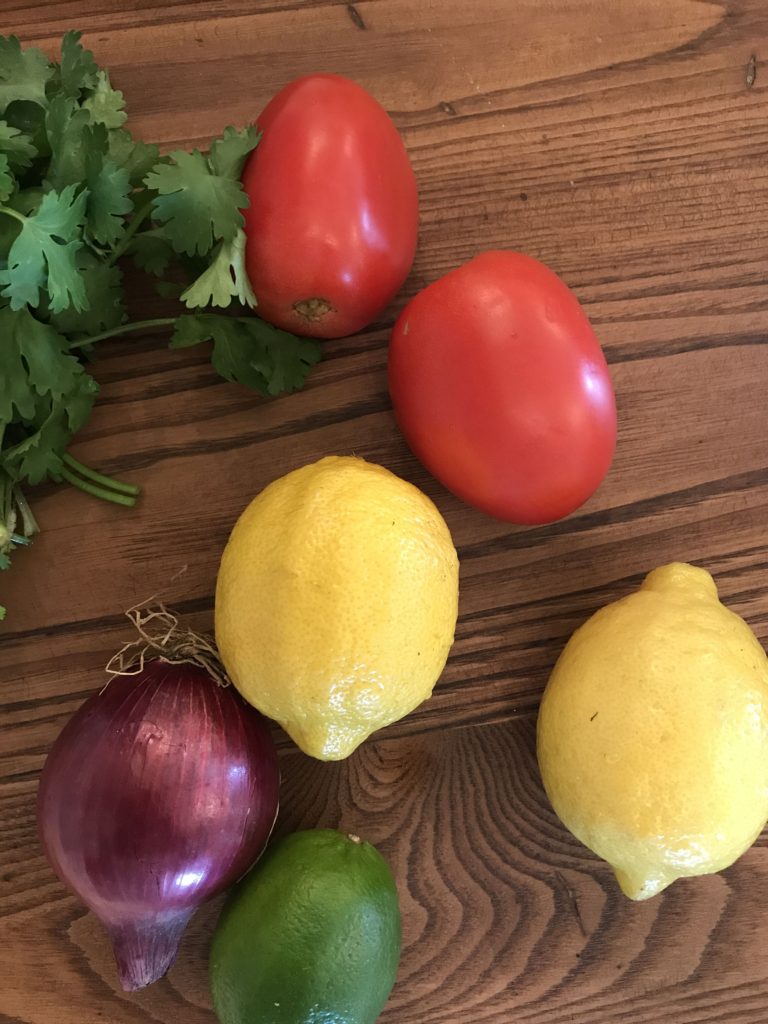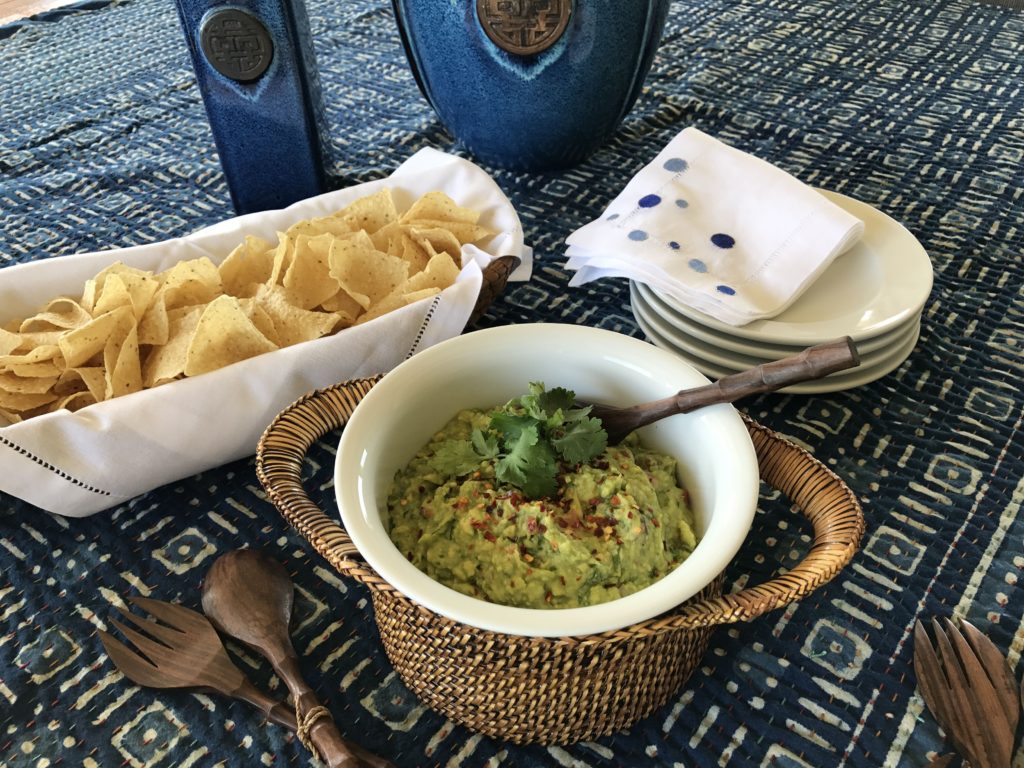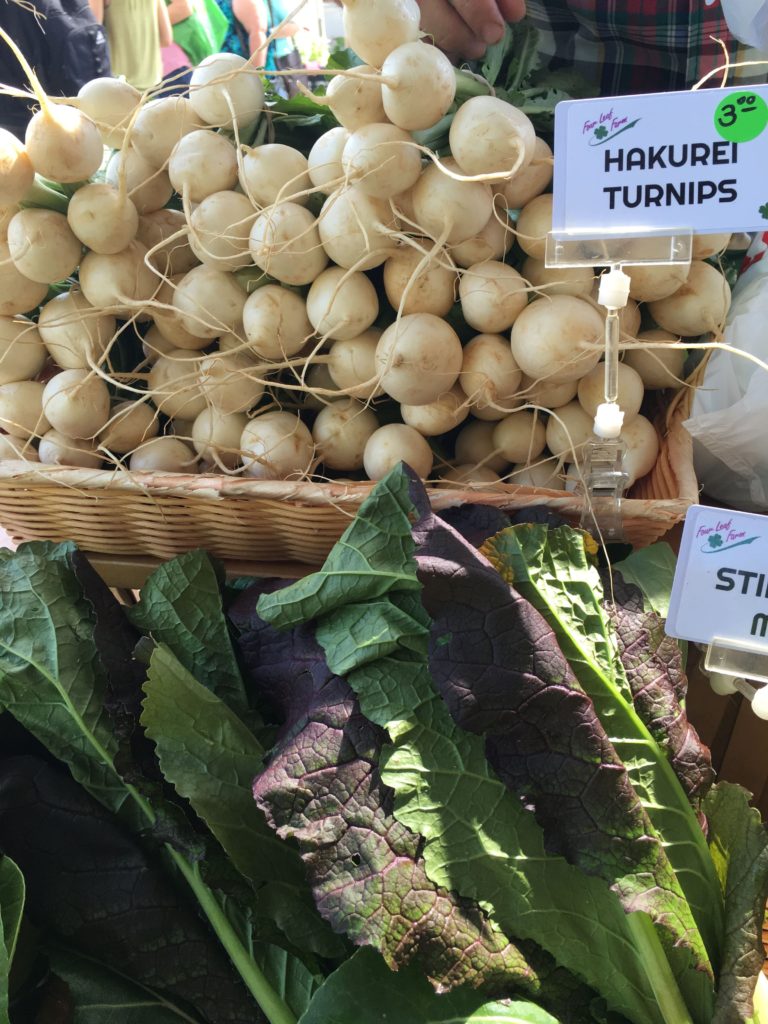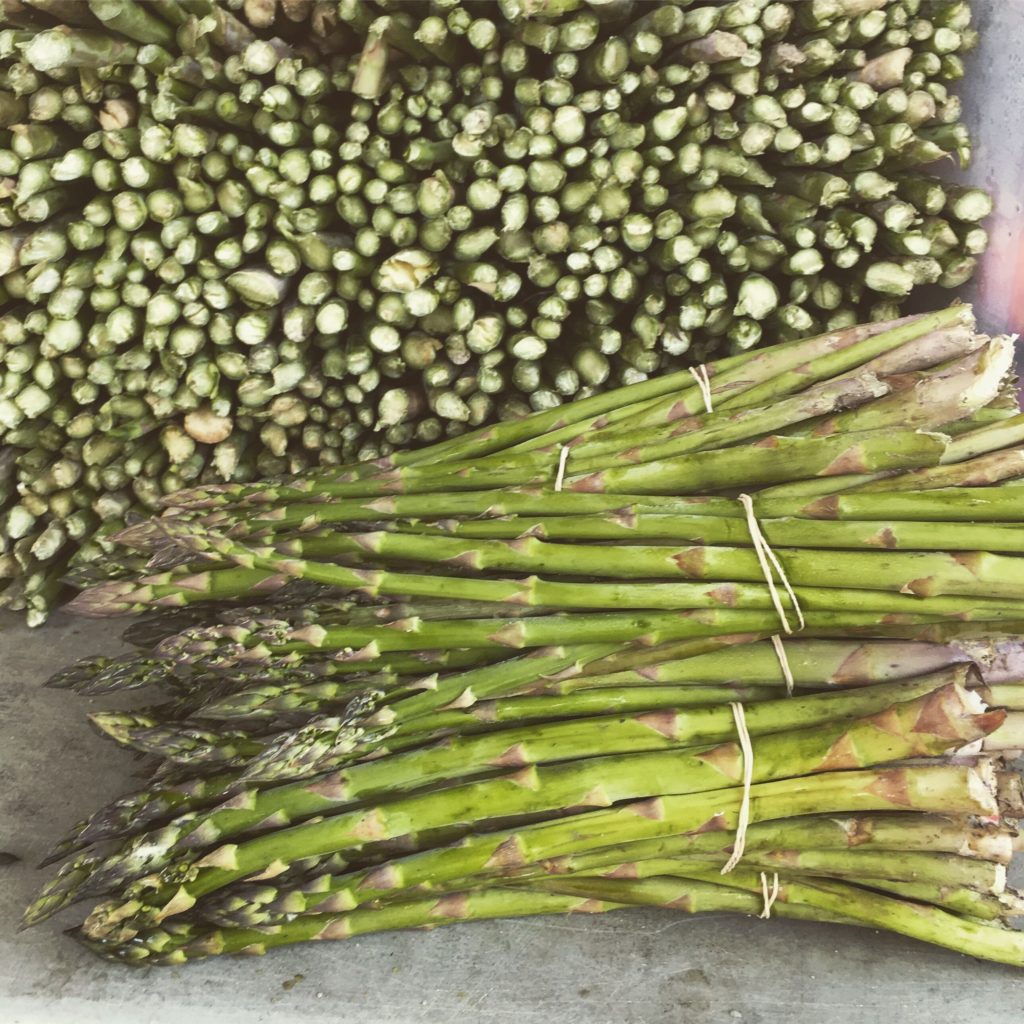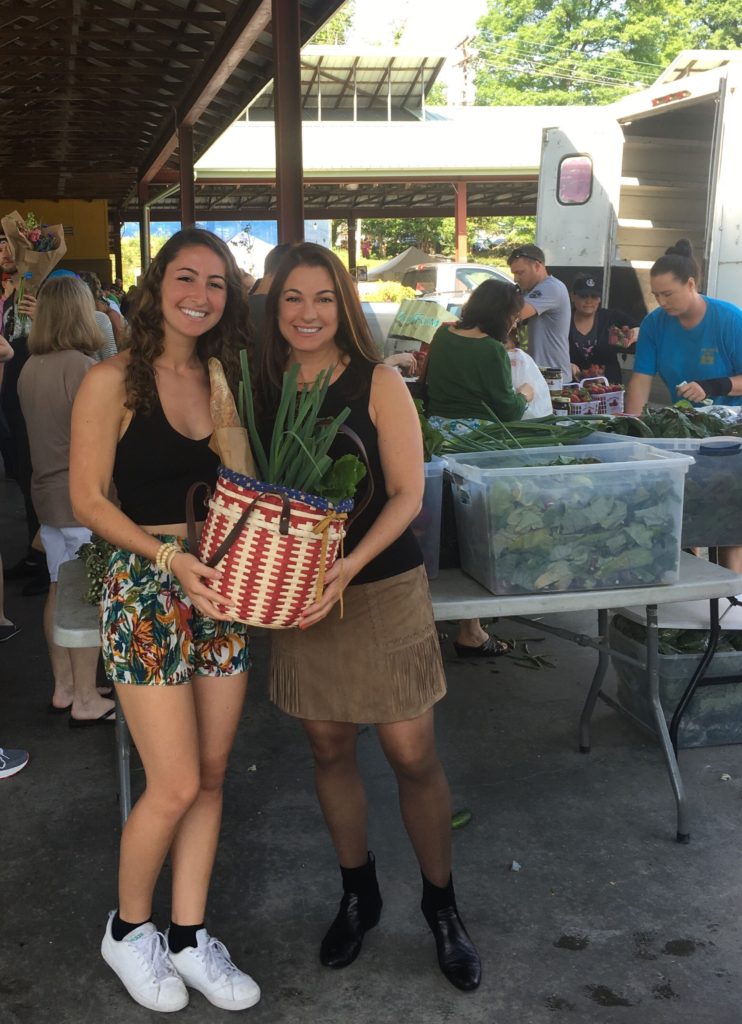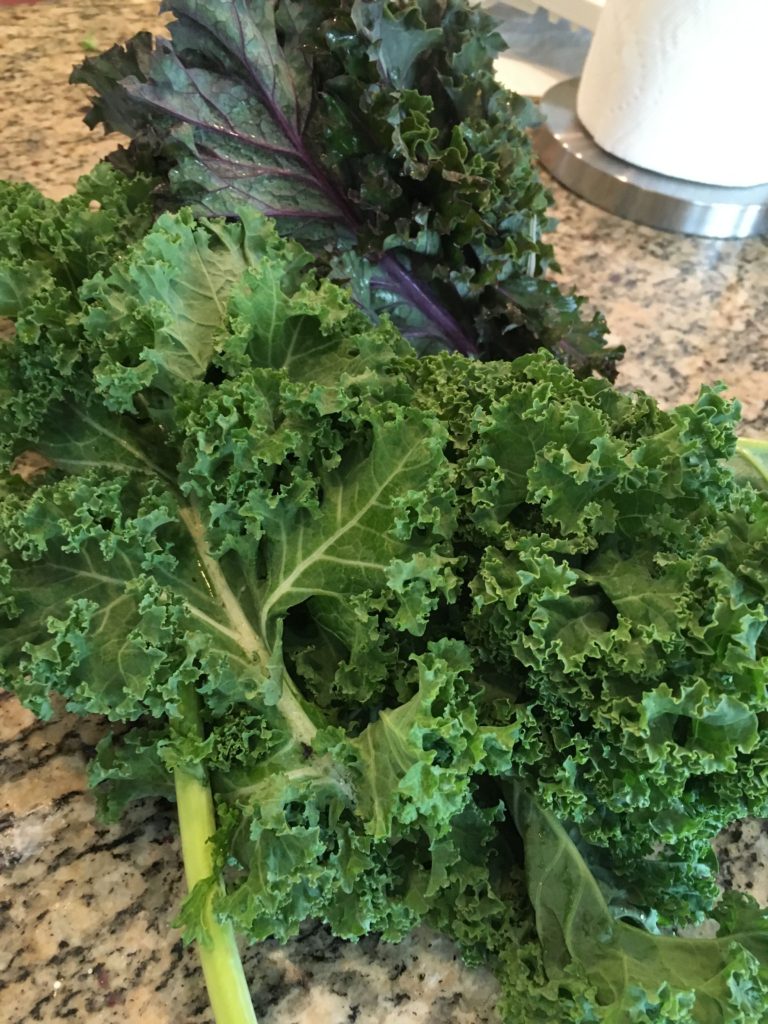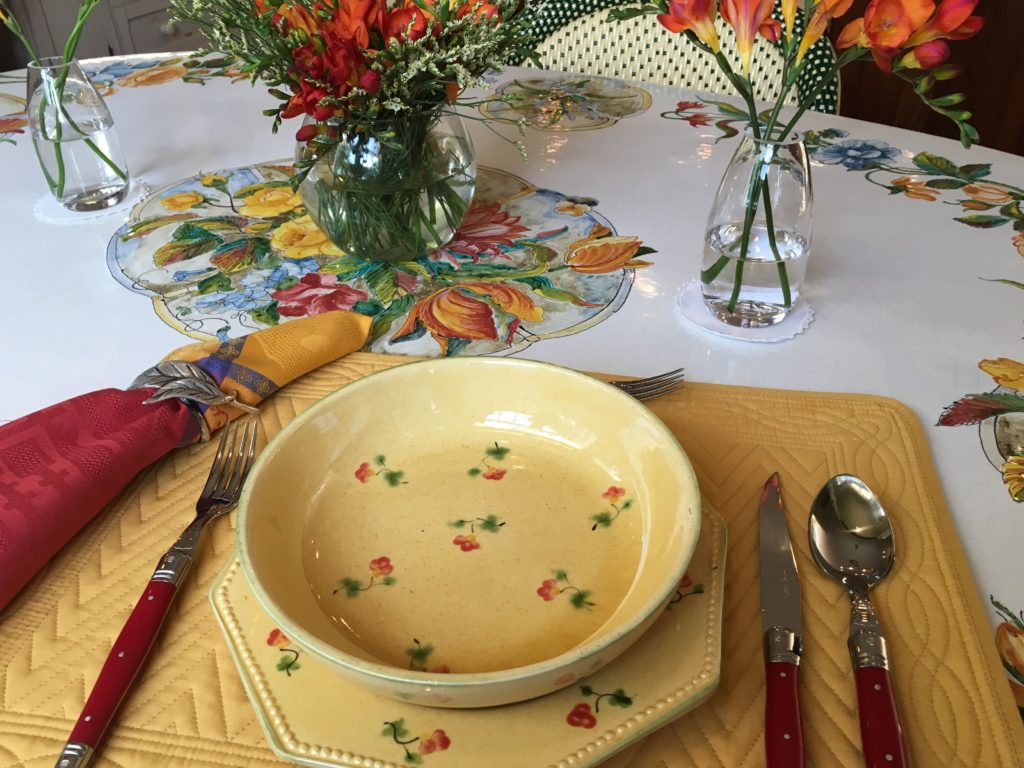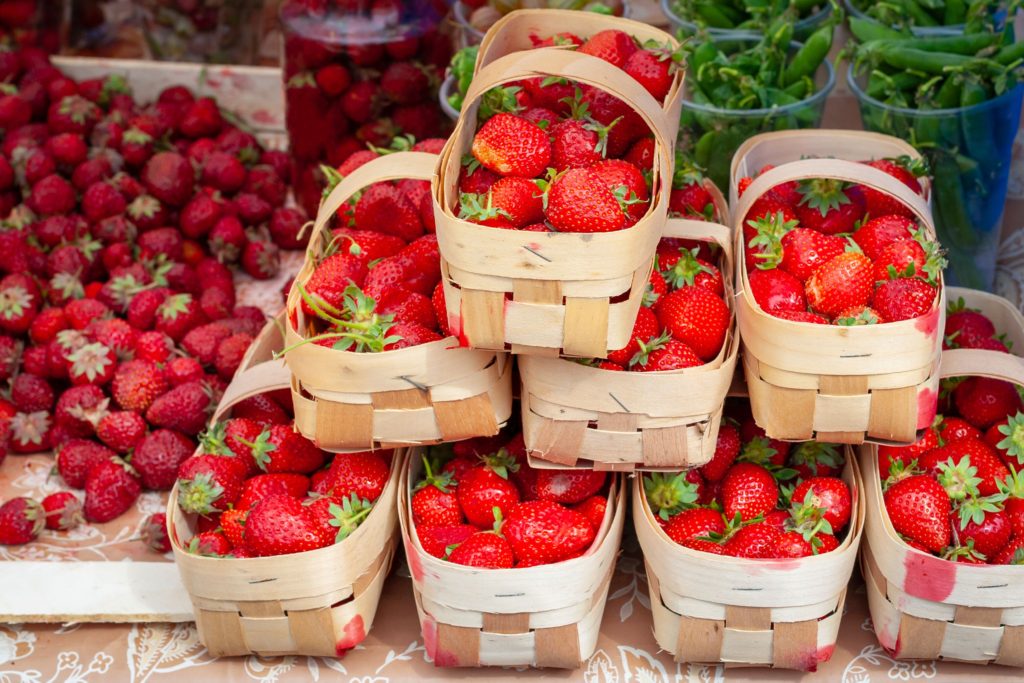For over 20 years Eduardo de san Angel was a coveted reservation during high season in Fort Lauderdale. Authentic chilies, spices, and fresh, vibrant herbs enhanced the classic seafood, poultry, and meat dishes at this cozy Mexican enclave known for its hospitality. The intimate, hacienda-style rooms invited romance, and my husband and I often dined here on our date nights, away from the children.
Skilled chef-owner Eduardo Pria prepared creative Mexican fare, and in recent years he redesigned many of his classic recipes to create more healthful options. For frequent diners like us there was no need to see the menu, the dishes we loved were embedded in our taste memory. Food memories are powerful and one of our favorite crave-worth dishes was Pria’s Cilantro Soup. It was not on the menu, rather offered as a special. Fresh, vibrant, clean and simply delicious! When prepared with vegetable broth it’s a vegan’s delight, and a lovely way for those on a plant-based diet to dine well.
When we returned to South Florida this year and discovered that Pria retired, closing one of our favorite restaurants, we immediately longed for his Cilantro Soup. Several emails and google searches later I pieced together the recipe for this delicious soup, the one we loved, where Pria uses squash to thicken the soup, replacing the heavy cream. Our romantic get-away will be missed, as will many of Pria’s wonderful dishes, but knowing we can enjoy his Cilantro Soup is comforting and sharing this at home brought a little romance to our table.
Homemade vegetable or chicken broth is best, and if using prepared broths be sure they are low sodium. Fresh, fragrant cilantro will yield the best results. We always opted for the Queso Fresca and Crema, both of which add a creamy tang to the dish.
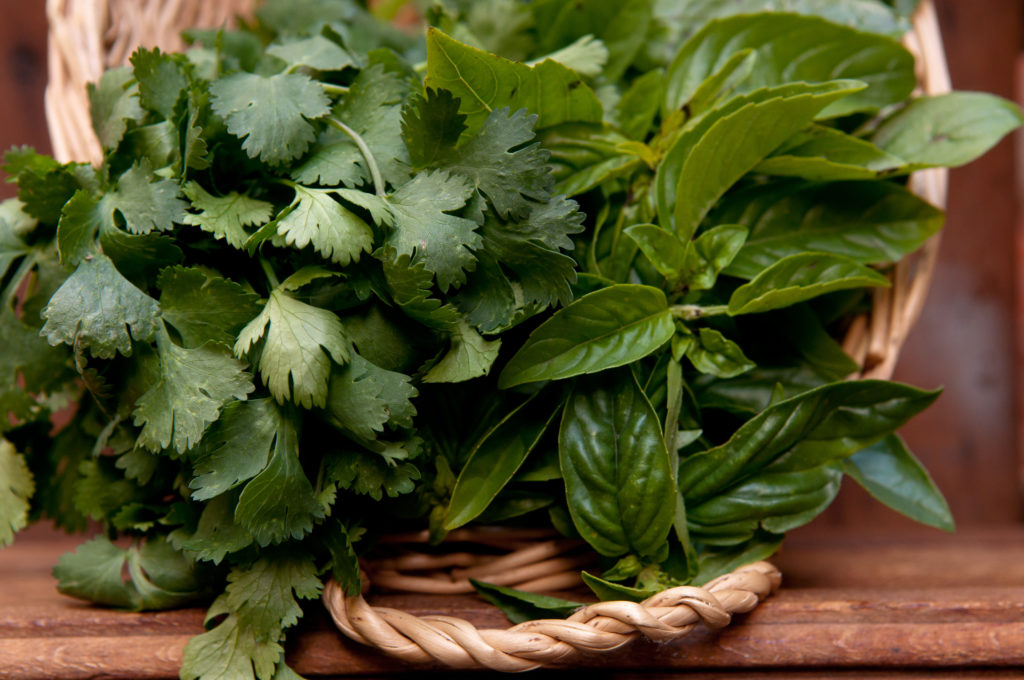
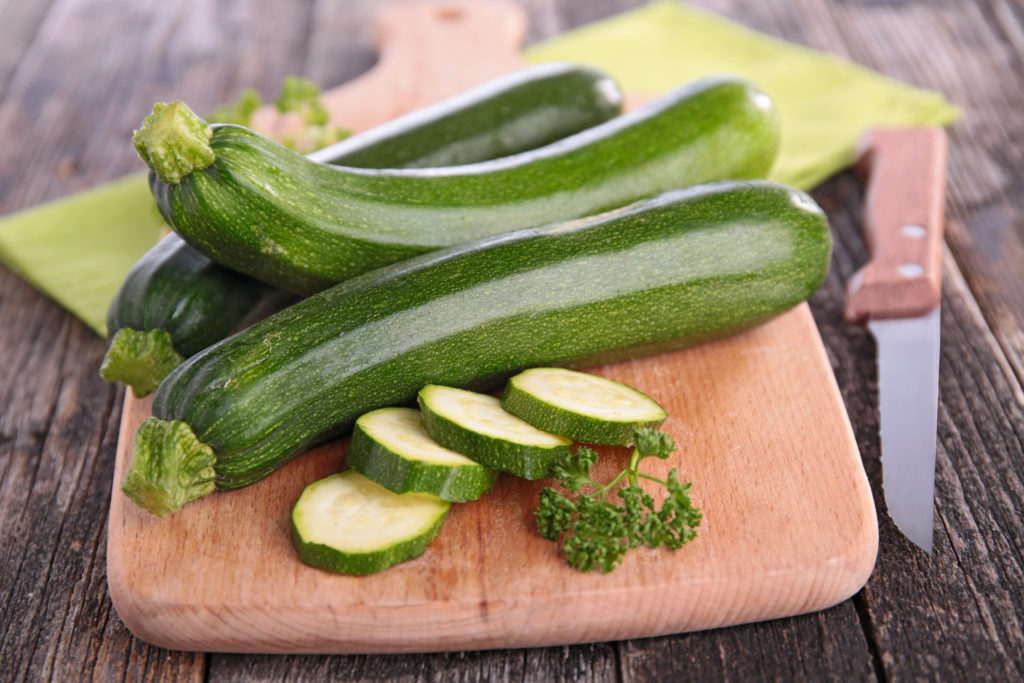
Yield: Makes about 14 cups
Prep Time: 15 minutes
Cook Time: 1 hour







